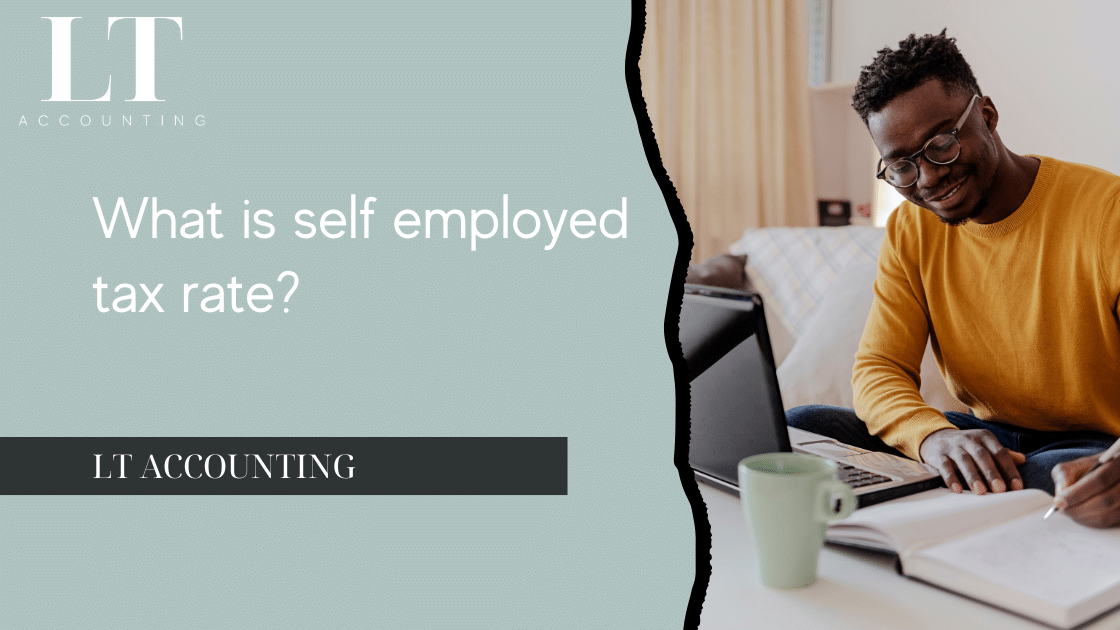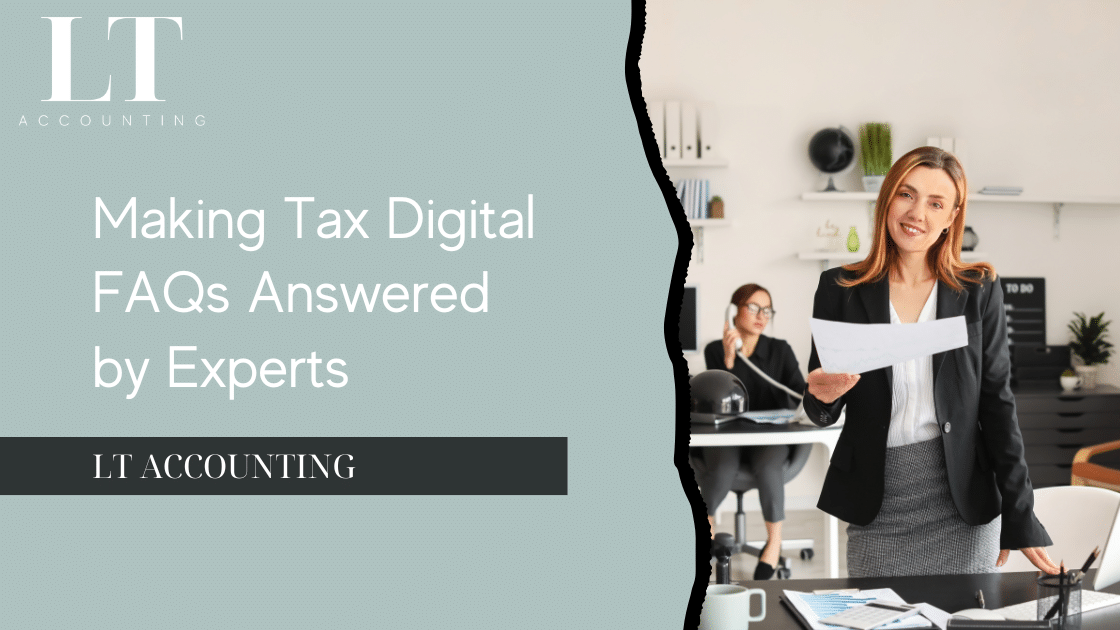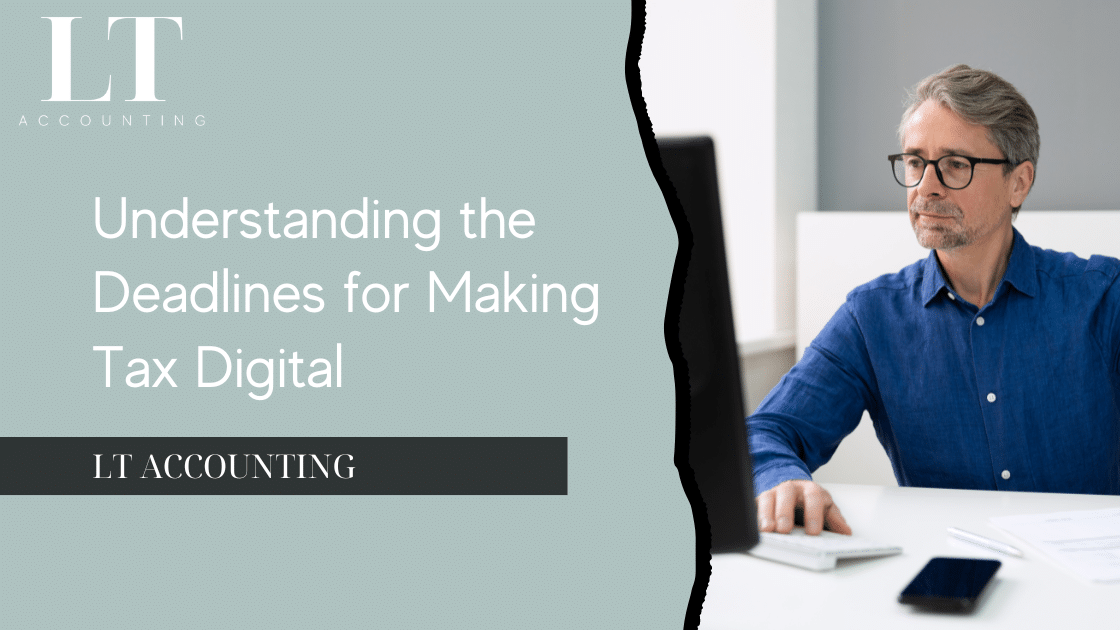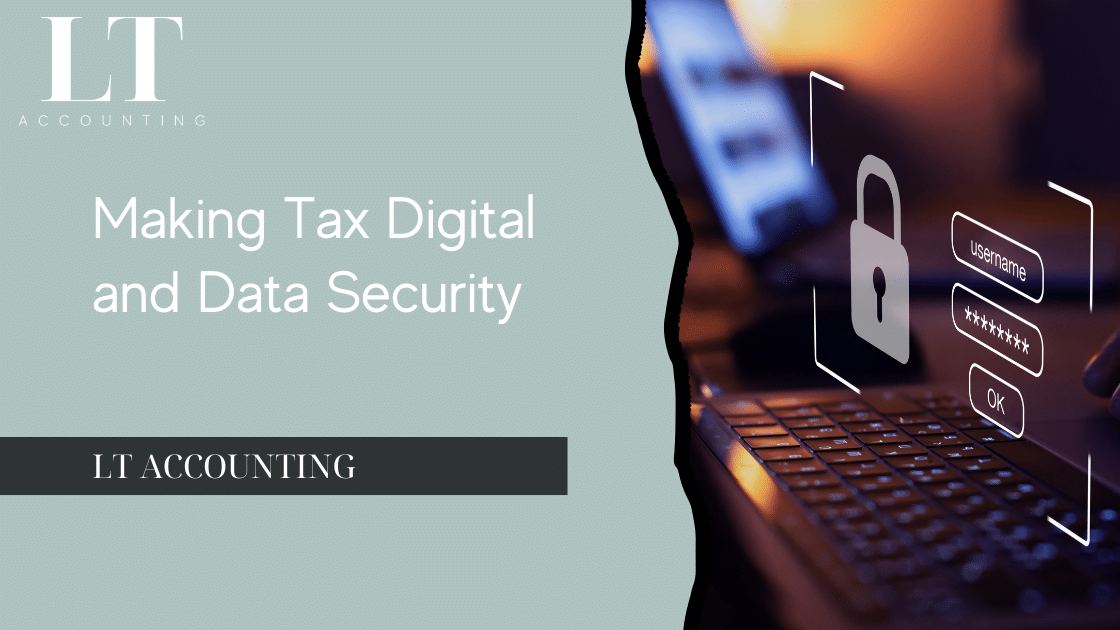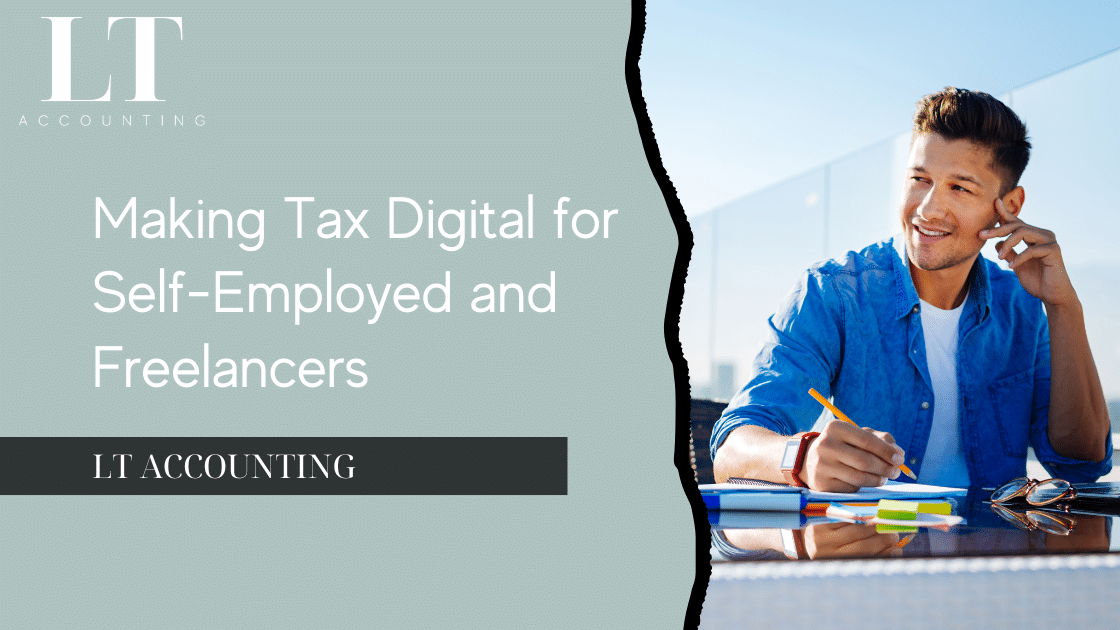Self-employed individuals in the UK often grapple with navigating their tax obligations. The rules and regulations surrounding income tax, National Insurance contributions, and VAT can appear daunting at first glance. However, understanding the self employed tax rate is crucial for managing your business effectively and avoiding any unwanted surprises from HMRC.
Do you know how your income affects the tax rate you pay as a self-employed individual?
Key takeaways
- Comprehend how income tax rates, National Insurance contributions, and VAT obligations impact your business
- Analyse the different tax bands and personal allowances
- Understand how to report your income and expenses
- Identify critical allowances and deductions to reduce your taxable income
- Stay informed about annual tax rate changes and obligations
Income Tax Rates for Self-Employed Individuals

For starters, UK income tax rates are divided into three bands: basic, higher, and additional. The basic rate applies to income up to £50,270, at a rate of 20%. For those earning between £50,271 and £150,000, the higher rate of 40% applies. Any income above £150,000 falls into the additional rate, taxed at 45%. These rates are subject to annual revisions by HMRC, making it vital to stay updated on the current rates and thresholds.
Moreover, the tax is calculated on profits after business expenses are deducted. This means you only pay tax on the money left over after accounting for costs like supplies, travel, and operational expenses. Properly managing and deducting these expenses can significantly reduce your taxable income.
Lastly, remember that income tax applies to your taxable income after personal allowances and deductibles. Staying informed about the annual updates from HMRC is crucial, as it can impact how much you owe each year. Ignorance isn’t bliss when it comes to taxes – staying informed saves you money.
National Insurance Contributions for the Self-Employed

Self-employed individuals in the UK are required to pay National Insurance contributions (NICs), which come in two classes: Class 2 and Class 4. Understanding these is essential as they help you build entitlements to the State Pension and other benefits.
Class 2 contributions are paid at a flat weekly rate, provided your annual profits exceed the Small Profits Threshold. For the 2023-24 tax year, the weekly rate is £3.45. If your earnings are below this threshold, you can choose to make voluntary Class 2 contributions to protect your benefits.
Class 4 contributions are calculated as a percentage of your annual profits. They are 9% on profits between £9,568 and £50,270, and an additional 2% on profits above £50,270. These contributions are crucial as they are directly tied to your overall earnings and business success.
Both classes of contributions are billed by HMRC, typically along with your income tax via the Self-Assessment process. This means you don’t need to worry about separate deadlines or forms for NICs – they’re integrated into your yearly tax return. Keeping on top of these contributions not only ensures compliance but also secures your future benefits.
Personal Allowance and Tax Bands
The personal allowance is an amount you can earn each year before you start paying income tax. For most self-employed individuals, this provides a considerable reduction in taxable income. The current personal allowance for the 2023-24 tax year is £12,570. However, this figure is subject to annual adjustments by HMRC.
Once your earnings exceed your personal allowance, you’ll find yourself placed into various tax bands. As previously mentioned, these include the basic, higher, and additional tax rates. Earnings above your personal allowance but below £50,270 fall into the basic rate band, subject to 20% tax. Income between £50,271 and £150,000 is taxed at the higher rate of 40%, and any amount over £150,000 is taxed at the additional rate of 45%.
However, it’s important to note that if your earnings exceed £100,000, your personal allowance begins to reduce. For every £2 you earn over £100,000, your personal allowance is reduced by £1. This means that individuals with an income of £125,140 or more don’t receive any personal allowance.
Understanding where your earnings place you within these tax bands can help you plan financially and avoid unexpected tax bills. Properly managing and forecasting your income and expenses ensures you make the most of your personal allowance and prevents you from bumping unnecessarily into higher tax brackets.
Self-Employment Income and Tax Returns
As a self-employed individual, reporting your income and expenses accurately on a Self-Assessment tax return isn’t just a legal requirement; it’s critical for your financial health. Every year, you must submit these returns to HMRC, outlining your total income, deductibles, and taxable profits.
The deadline for online tax returns is 31 January following the end of the tax year. Missing this deadline can result in fines and penalties, so it’s crucial to mark this date on your calendar. Accurate record-keeping of your income and expenses is key; any discrepancies can lead to miscalculations or even investigations by HMRC.
You need to maintain detailed records of all your financial interactions throughout the year. This includes invoices, receipts, and bank statements. These records form the backbone of your Self-Assessment tax return and help you accurately calculate your taxable income.
Moreover, Self-Assessment tax returns are submitted via HMRC’s online portal, a user-friendly system designed to simplify the process. However, if you struggle with digital forms, consider consulting a tax professional. They can offer guidance and peace of mind, ensuring you meet your tax obligations correctly and efficiently.
VAT Registration and Obligations for Self-Employed Individuals
Understanding VAT registration is pivotal for self-employed individuals, particularly if your taxable turnover exceeds the threshold set by HMRC. As of the 2024-25 tax year, the VAT registration threshold is £90,000. Once your turnover reaches this point, you must register for VAT.
Registering for VAT means you’ll need to charge VAT on your goods and services. This can either be the standard rate of 20%, the reduced rate of 5%, or the zero rate, depending on what you’re supplying. Additionally, you’ll reclaim any VAT paid on business expenses, referred to as input tax.
HMRC offers several VAT schemes, including the Standard VAT accounting scheme and the Flat Rate Scheme. The standard scheme involves detailed VAT record-keeping and quarterly returns. The Flat Rate Scheme can simplify VAT reporting but may not be beneficial for all businesses as it applies a fixed percentage of your turnover.
Once registered, you must submit VAT returns, typically quarterly, through the HMRC online portal. These returns detail the VAT you’ve charged and paid, providing a clear picture of your VAT contributions and claims. Staying compliant with VAT regulations avoids hefty fines and keeps your business running smoothly.
Understanding Tax Allowances and Deductions
Knowing which tax allowances and deductions you can claim is essential for minimizing your taxable income. These allowances significantly reduce the amount you owe, allowing you to reinvest savings back into your business.
Allowable business expenses include costs necessary for running your business, such as office supplies, travel, and equipment. Keeping detailed records of these expenses simplifies the claiming process and ensures you don’t miss out on any deductions.
If you work from home, you can claim home office expenses. This may include a portion of your rent, utilities, and internet costs. The portion you can claim depends on the extent to which you use your home for business purposes. Keeping a careful record of these expenses can save you a substantial amount on your tax bill.
Additionally, capital allowances allow you to deduct part of the value of expensive items like machinery or computers from your profits. These deductions can be spread over several years, providing long-term tax benefits.
By claiming all eligible allowances and deductions, you can ensure that you’re only paying what you owe and not a penny more. Regularly review HMRC guidelines to stay updated on what qualifies as an allowable expense.
Employment Allowance for Small Business Owners
If you are a small business owner and employ staff, you might be eligible for the Employment Allowance, which can reduce your National Insurance bill. The Employment Allowance allows eligible businesses to reduce their employer Class 1 National Insurance by up to £4,000 per year.
Eligibility criteria include having employers’ National Insurance liabilities below £100,000 in the previous tax year. Certain businesses and groups, such as public organisations or those conducting more than 50% of their services in the public sector, are not eligible.
Claiming the Employment Allowance is straightforward and can be done through your payroll software. It’s a valuable benefit designed to support small businesses by reducing the costs associated with employing staff, ultimately putting more money back into your business.
The savings from the Employment Allowance can be significant, particularly for small businesses just starting or those looking to expand their workforce. It’s an excellent example of how understanding and leveraging tax benefits can support your business growth.
Changes in Tax Rates and Obligations for the Current Year
Keeping up with HMRC’s annual updates on tax rates and thresholds is crucial for staying compliant. Changes in tax rates can affect your financial planning and the amount you need to set aside for tax payments each year.
HMRC regularly updates income tax rates and National Insurance thresholds, reflecting inflation and economic conditions. These changes can impact your financial planning and obligations. For instance, a change in the personal allowance can affect how much of your income is taxable.
Regularly checking HMRC announcements and consulting with a tax professional can provide clarity on any adjustments. They can offer insights into how changes in tax rates and obligations can impact your business, helping you stay ahead of any financial surprises.
Staying informed about these adjustments ensures you remain compliant and make the most of available tax benefits and allowances. It’s not just about avoiding penalties – it’s about optimising your financial planning and keeping more of your hard-earned money.
Taking the time to understand your tax obligations as a self-employed individual in the UK can seem like a daunting task, but it is vital for the financial health of your business. By grasping the nuances of income tax, National Insurance contributions, VAT, and available allowances, you can navigate the tax landscape with confidence.
So, what steps will you take today to better understand your tax responsibilities and enhance your financial management? Share your thoughts and questions below!
